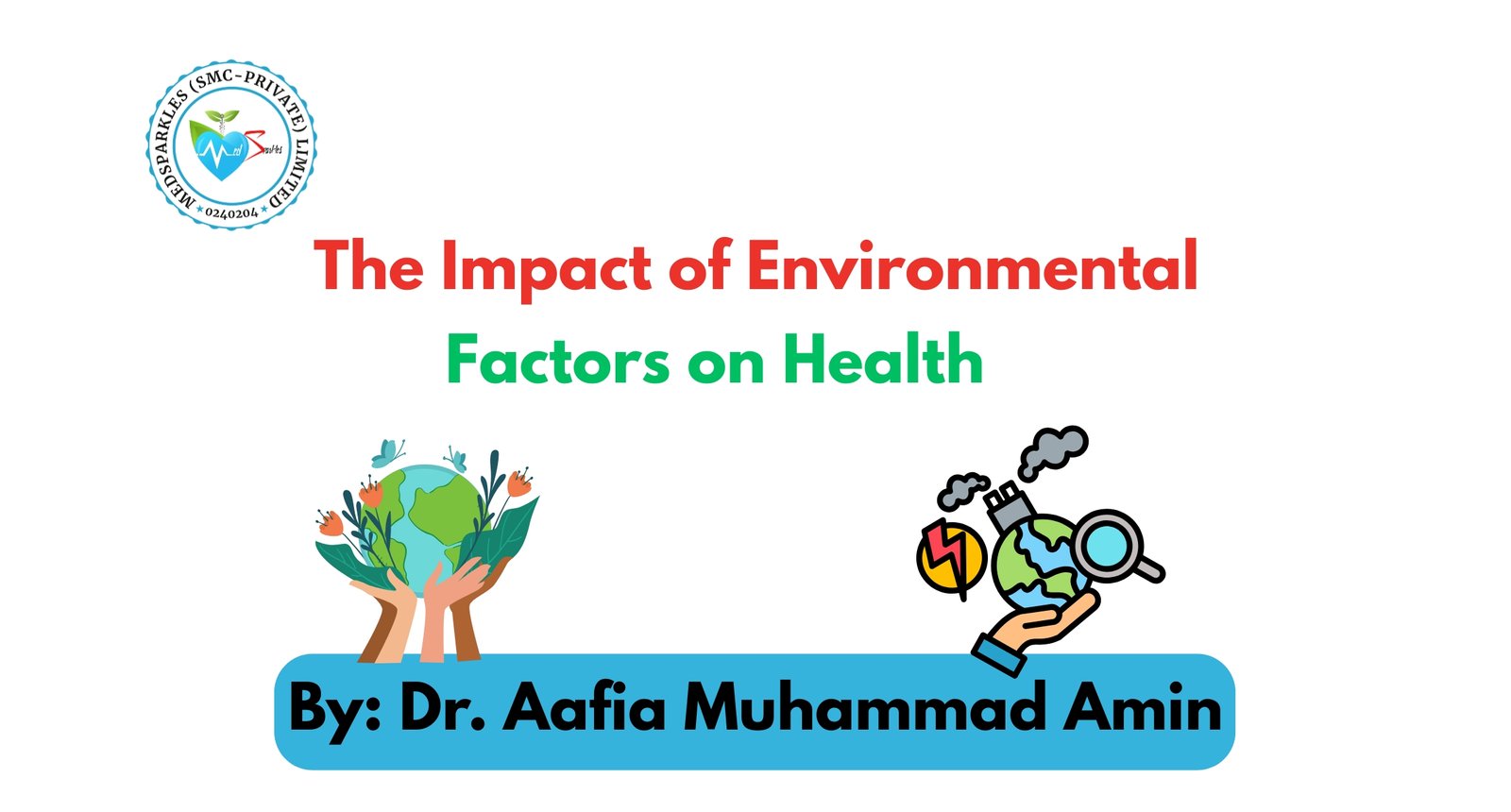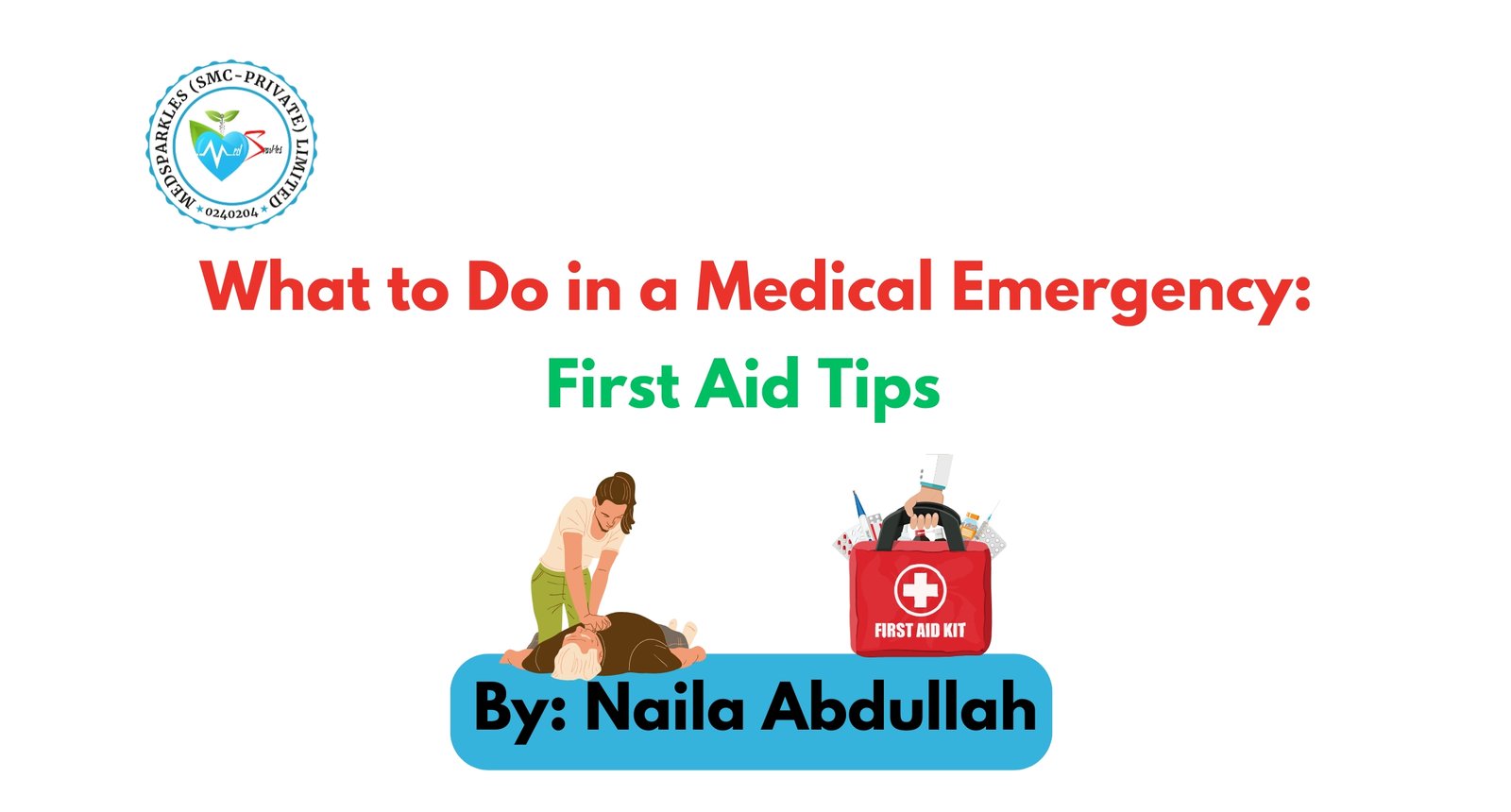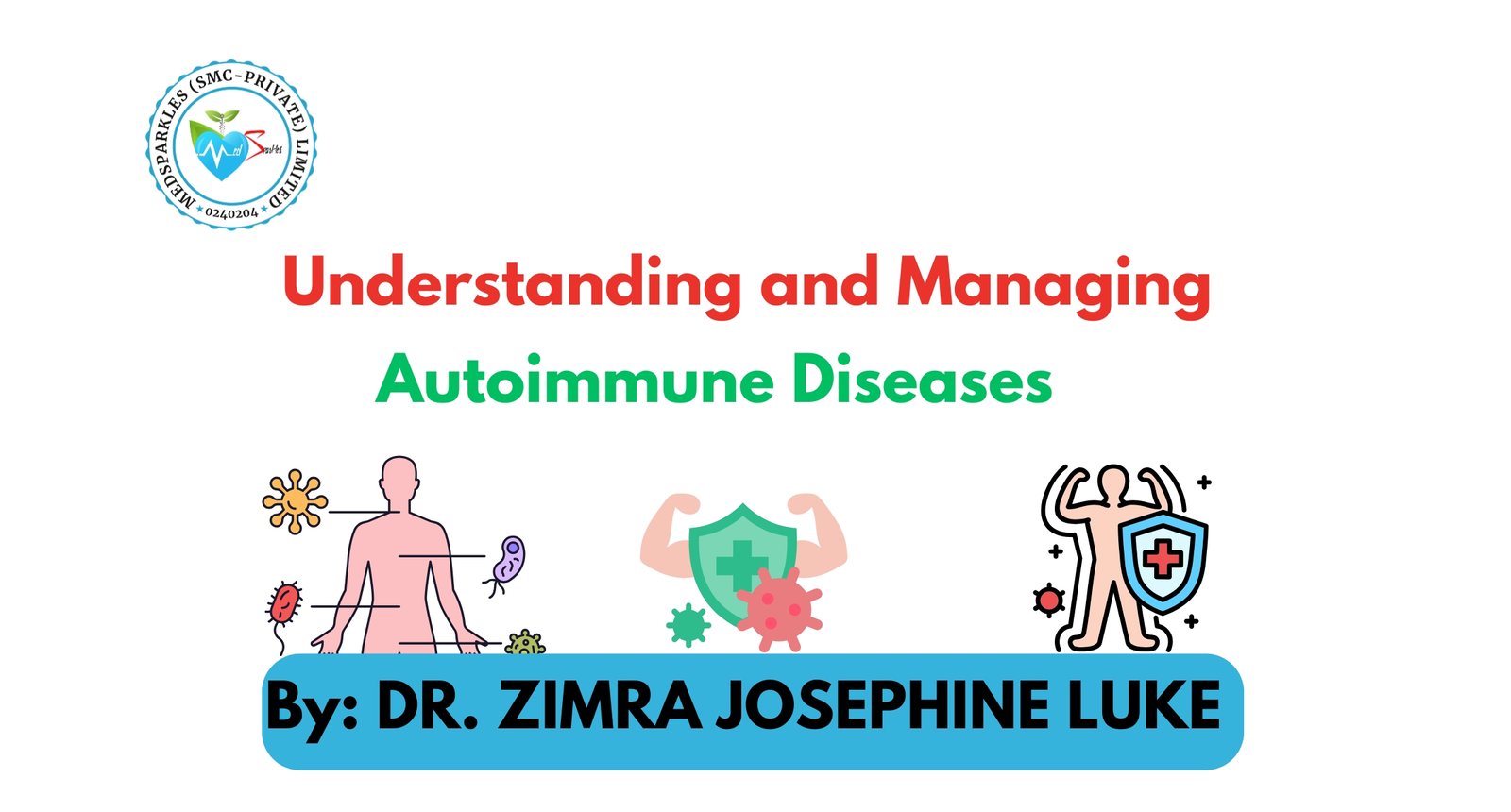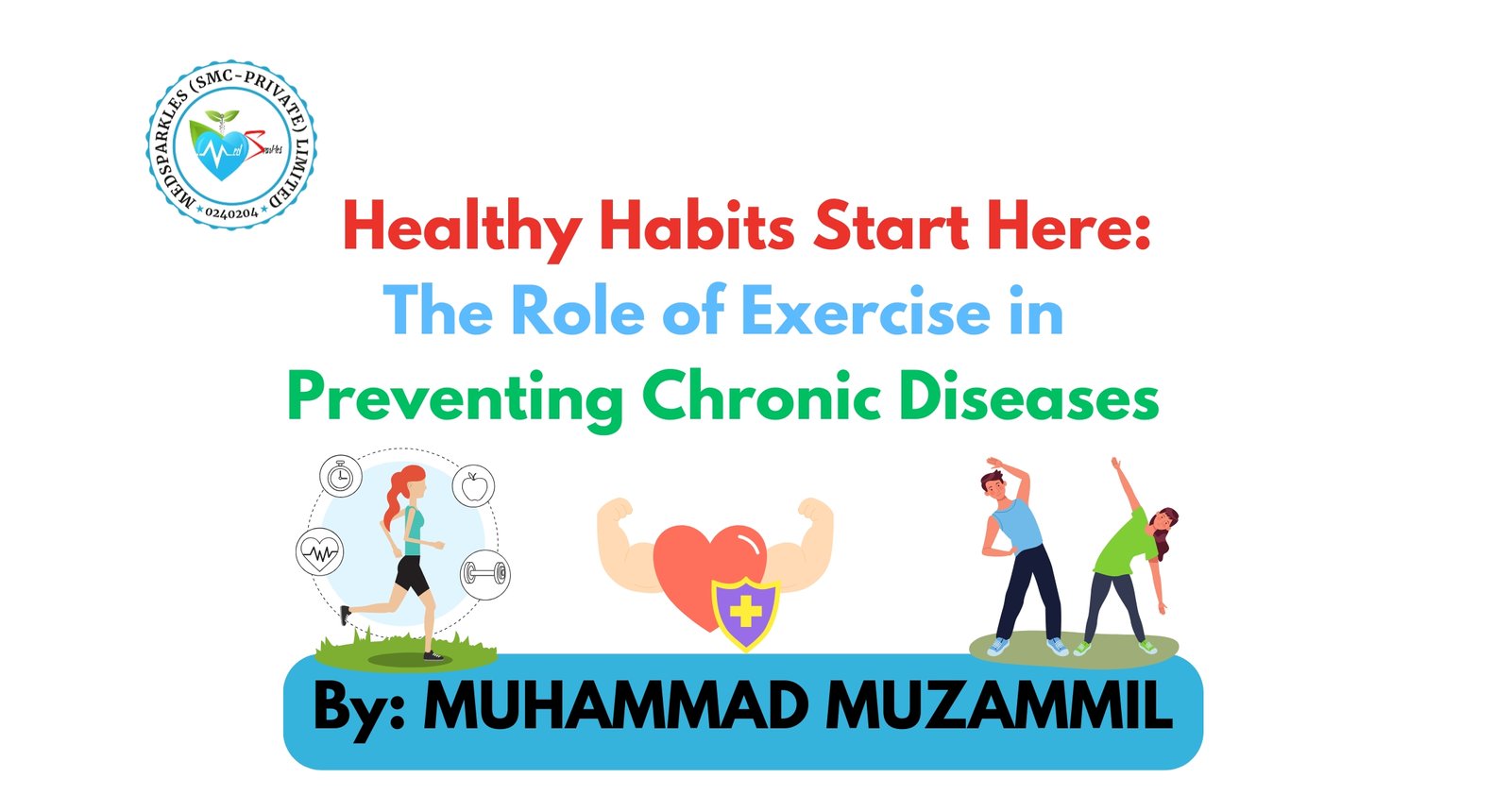
Vitamins are natural and essential nutrients, required in small quantities, playing a major role in growth and development, repair and healing wounds, maintaining healthy bones and tissues for the proper functioning of the immune system, and other biological functions. Thus, the absence or deficiency of vitamins causes deficiency disorders.
They are classified into two types based on their solubility.
- Fat-soluble vitamins
- Water-soluble vitamins
Fat-soluble Vitamins
The fat-soluble vitamins, such as A, D, E, and K, are stored in the body for longer periods and generally pose a greater risk of toxicity than water-soluble vitamins.

Vitamin A:
Vitamin A exists only in animal-origin feed and occurs in three forms such as;
- Retinol
- Retinal
- Retinoic acid
In plants, exist in provitamin i.e, carotenoids. Beta-carotene is the most active carotenoid. The sources of vitamin A can be animal and plant sources.
Animal sources
- Fish liver oil
- Egg Yolk
- Milk fat
Plant sources
All green leaves are rich in provitamins A, beta carotene.
Diseases due to a Deficiency of Vitamin A
- Eye problems, such as vision loss and blindness
- Skin issues such as dry, scaly and itchy skin
- Growth issues, like delayed growth and development in children
- Immune system problems can lead to infection, such as chest and throat infections
Vitamin D:
Vitamin D exists in different forms, including vitamin D2 (ergocalciferol), which is produced from plant sources, and vitamin D3 (cholecalciferol), which is produced by the body from sunlight exposure. Vitamin D3 is the natural form of vitamin D.
Sources
- Cod liver oil
- Egg yolk
- Sun-dried grains
Diseases due to a Deficiency of Vitamin D
- Rickets in children
- Osteomalacia in adults
- Osteoporosis
- Retard growth
- Increased loss of Ca and P in urine
Vitamin E:
Vitamin E naturally exists in eight forms: alpha, beta, gamma, and delta-tocopherol, and alpha, beta, gamma, and delta-tocotrienol. However, alpha-tocopherol is the more active form. It helps in the absorption and utilization of vitamin A and extends the storage of vitamin A in the liver by protecting it from oxidation. It plays an important role in the development and function of the immune system and is also important for reproduction.
Sources
- Cereal grains
- Vegetable oils
- Fats and nuts
- seeds and legumes
Diseases due to a Deficiency of Vitamin E
- Infertility in females
- Reduces sperm motility in males
- Vision problems
- Hemolytic anemia
Vitamin K:
Vitamin K exists in two main forms: phylloquinone (K1) and menaquinone (K2). Required for the synthesis of prothrombin and other clotting factors. It also acts as an anti-haemorrhagic vitamin. It is also involved in the electron transport chain and oxidative phosphorylation. This vitamin is mainly synthesized by GI tract microorganisms.
Sources
- Green leafy vegetables
- Egg yolk
- Liver
- Fish
Diseases due to a Deficiency of Vitamin K
- Cystic fibrosis
- Digestive disorders lead to fat malabsorption
- Blocked bile duct
Water-soluble vitamins
Vitamins B complex and C are called water-soluble vitamins. They can be easily absorbed but not stored in the body except for vitamin B12. Readily excreted in urine and required in very small amounts, mg or µg. They are unstable to heat and light.

Vitamin B:
Vitamin B consists of eight water-soluble vitamins, each with its unique functions, and is crucial for various body functions, including energy production, nerve function, and red blood cell formation. These include thiamin (B1), riboflavin (B2), niacin (B3), pantothenic acid (B5), pyridoxine (B6), biotin (B7), folate (B9), and cobalamin (B12).
Sources
- Animal products
- Leafy green vegetables
- Whole grains and legumes
- Fortified foods.
Diseases due to a Deficiency of Vitamin B
- A severe deficiency of vitamin B1 (thiamin) can cause Beriberi
- A deficiency of vitamin B3 (niacin) leads to Pellagra
- Vitamin B12 and folate deficiencies can cause megaloblastic anemia
Vitamin C:
Vitamin C mainly exists in two forms, ascorbic acid (the reduced form) and dehydroascorbic acid (the oxidized form). In human blood, it is always found in the reduced form, as ascorbic acid. It helps in the formation of connective tissues, collagen. Helps in the absorption of iron and promotes the healing of wounds and healthy blood vessels. It acts as an antioxidant.
Sources
- Citrus fruits like oranges and lemons
Diseases due to a Deficiency of Vitamin C
- A severe vitamin C deficiency leads to scurvy, characterized by signs and symptoms such as bleeding gums and easy bruising.
- Anemia
Conclusion
Overall, vitamins are classified into two types, including fat-soluble and water-soluble vitamins, which play an important role in maintaining overall health and well-being. Adequate vitamin intake through a balanced diet can help prevent various diseases, which mainly occur due to a deficiency of vitamins.
FAQS
What are vitamins?
Vitamins are essential nutrients that are mainly required by the body to function properly.
How many vitamins are there?
There are 13 vitamins, including A, D, E, K, C, and 8 B vitamins.
What is the role of vitamins?
They help to support various functions of the body, including energy production, help in immune functions, and provide bone health.
Can we take too many vitamins?
Excessive vitamin intake can lead to toxicity and can cause adverse health issues.







